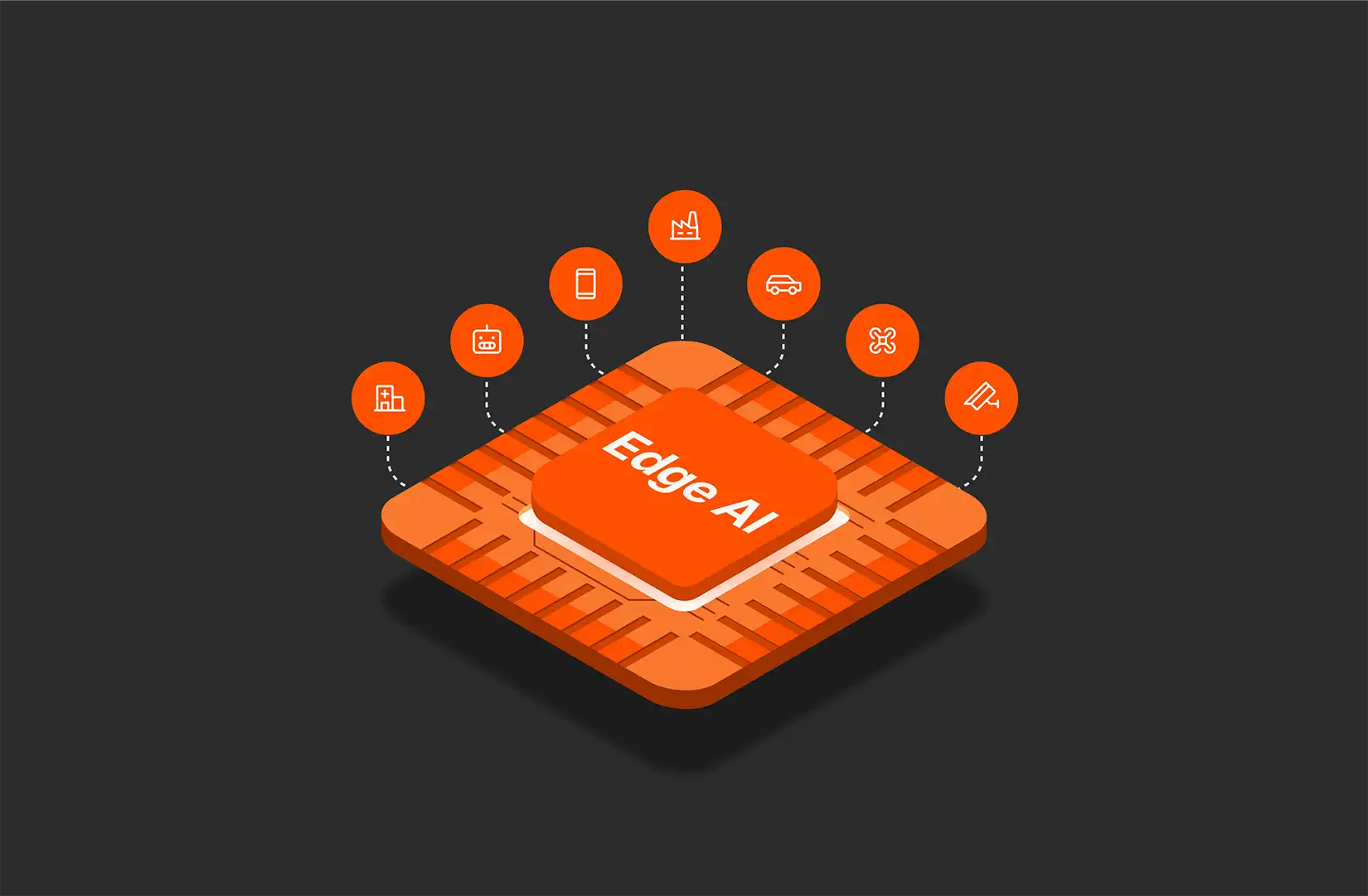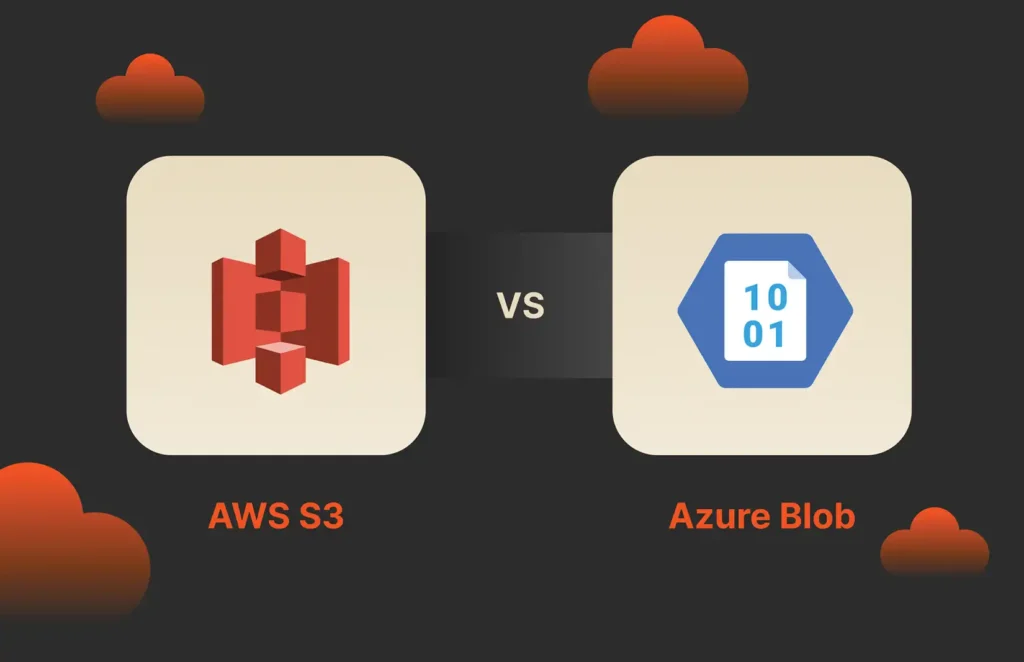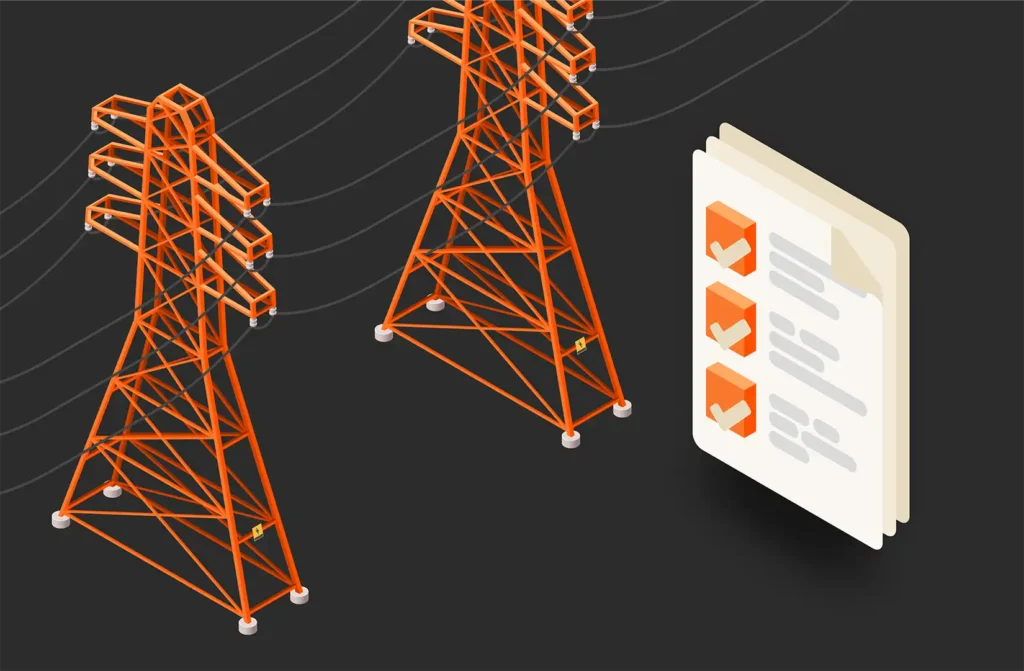Summary
Edge AI can bring together AI and edge computing. In the future, deploying AI workflows closer to sources of data generation or to the endpoints where decisions are acted on can help produce faster results at a lower cost.
As the ramp-up to AI continues, the practical questions persist about adopting AI efficiently and cost-effectively. Edge AI is one of the most impactful adaptations of artificial intelligence because it calls for the deployment of entire AI workflows closer to sources of data generation or to the endpoints where decisions are acted on. It’s edge computing that’s pumped up with the power of AI.
What Is Edge AI?
Edge AI has been proposed for everything from robotic surgical devices that need analysis to complete complex surgeries to smartphone voice assistants responding in a split second to your questions. In each case, edge AI allows data collection, analysis, and decision-making to happen locally (at the edge) without the need to transmit data back and forth to the cloud and without the help of cloud compute resources. It makes existing connected applications faster and more responsive, allowing the placement of AI applications in more settings like remote locations where wireless networks are weak.
Edge AI may be the catalyst needed to bring forth tangible results from investments made in AI development and infrastructure. AI at the edge can bring rich, functional, low-latency intelligence into more use cases and in ways that make AI more effective at producing results of value.
How Does it Work?
Edge AI is made possible by the evolution of several enabling technologies:
- The capabilities of machine learning have advanced to the point that organizations can more easily develop and deploy custom edge AI applications that solve real-world problems.
- Advances in GPUs and parallel processing have made it possible to deploy the powerful self-contained compute hardware needed to execute AI at the edge.
- IoT, while not a new technology, provides the other essential raw material for AI at the edge: data. With computing power built-in, IoT devices would no longer have to be connected to the internet to perform essential functions and act on the data they collect.
Edge AI and Cloud AI: The Perfect Partners
Edge AI and cloud AI are not parts of an either/or question—they’re two complementary tools that help organizations deploy their own AI applications in the most efficient way possible. The cloud still plays a key role by providing a channel to train, deploy, and manage edge AI—at least for those instances that are in range of wireless networks and by providing additional computing for heavy loads or for computations that the edge deployment can’t handle. The cloud also gathers data for ongoing optimization of the application and for use elsewhere in an organization.
Distributed AI (DAI) is a hybrid approach that aims to leverage all available resources to accomplish goals. Edge AI can be a less expensive way to accomplish tasks compared to using the cloud, but this may only be true for certain use cases and under certain conditions—for example, if a service provider charges by usage. DAI utilizes edge devices, the cloud, and networks to share AI workloads based on parameters such as processing power needed, latency, cost, network traffic, and security.
The Benefits of Edge AI: Finding the ROI
The primary benefits of edge AI are lower latency and faster performance compared to cloud-connected AI—plus, the ability to deploy AI in settings where there is no network. Free of network variables, edge AI improves availability and reliability for mission-critical applications. It may also offer more privacy for sensitive data and present a more limited attack surface for cybercriminals. For organizations seeking to control network usage and associated costs, edge AI is an efficient solution, especially when used as part of a DAI system.
However, not all AI needs to be performed at the edge. The cost of additional hardware must be weighed against the value it can provide. Edge AI can also add to challenges, especially when trying to manage it at scale. When the option is available, centralized control and management of cloud-connected edge AI nodes might be more advantageous than performance enhancements for autonomous devices.
Challenges in Edge AI
Edge AI, while promising, faces significant challenges in data storage infrastructure and management, which directly impact business outcomes, ROI, and investment decisions. Here are five key challenges:
- Limited Storage Capacity and Scalability
Edge devices typically have limited storage capacity, making it difficult to store and process large volumes of data locally. This limitation hinders the ability to scale AI applications effectively, leading to bottlenecks in real-time data processing and decision-making. Inefficient data handling can delay insights, affecting timely decision-making and reducing the competitive edge that edge AI promises.
- Data Management Complexity and Remote Management
Edge AI involves managing real-time, often incomplete or noisy data, which complicates data quality and reliability. Ensuring data integrity is crucial for accurate AI model outputs. Poor data quality can lead to flawed insights, impacting business decisions and ultimately affecting ROI. High-quality data management is essential for maximizing AI’s value. Edge locations also tend to lack onsite IT support, necessitating solutions with easy remote management capabilities.
- Data Overload and Redundancy
The sheer volume of data generated at the edge can lead to inefficiencies in data aggregation and redundancy. This results in increased costs for data transmission and storage. Excessive data handling costs can erode potential ROI benefits from edge AI unless storage is scalable and performant enough to offset them.
- Power and Resource Constraints
Edge devices often operate under power and resource constraints, requiring AI models to be optimized for low-power consumption without compromising performance. Inefficient resource utilization can limit the deployment of edge AI solutions, affecting their ability to deliver real-time insights and impacting overall business efficiency.
- Integration and Interoperability Challenges
Fragmented vendor ecosystems and the complexity of integrating edge AI with existing systems can hinder seamless data management and processing. Integration challenges can delay the realization of ROI from edge AI investments as they complicate the deployment and scaling of AI solutions across diverse environments.
Addressing these challenges is crucial for maximizing the benefits of edge AI and ensuring that investments yield tangible business outcomes. By developing robust data management strategies and optimizing storage infrastructure, organizations can unlock the full potential of edge AI to enhance decision-making and drive business growth.
Use Cases
Some of the most exciting edge AI use cases are the ones that bring autonomous decision-making to remote locations outside of network coverage, like mines, farms, undeveloped areas, or outer space, for example. It can also support geographic range and system performance in self-driving vehicles and military hardware.
In addition, edge AI is helping existing AI use cases perform better. For example, robotic devices in medical or factory settings that used to transmit data to the cloud for processing can respond more quickly and operate with greater precision.
How the Right Data Storage Supports Edge AI Success
Selecting the right data storage solution is crucial for addressing the challenges of edge AI applications, particularly due to the remote and often space-constrained nature of edge locations. Pure Storage addresses the challenges in edge AI data storage infrastructure and management by:
- Managing data overload and redundancy: The Pure Storage tiered architecture helps manage data overload by storing frequently accessed data on high-speed storage and archiving less frequently accessed data on cost-effective storage. This approach reduces costs associated with data transmission and storage.
- Avoiding power and resource constraints: The Pure Storage platform uses up to 85% less power than alternative all-flash storage vendors, addressing power constraints in large AI clusters and power-capped data centers. This efficiency supports optimized resource utilization. FlashArray//RC20 was specifically designed to meet the needs of low-capacity environments and edge deployments.
- Overcoming integration and interoperability challenges: Pure Storage solutions are designed to integrate seamlessly with existing systems, including GPU clusters. They provide a unified platform for diverse AI workloads, simplifying data management and ensuring compatibility across different environments.
Learn more about FlashBlade//EXA and how it offers unmatched performance and scalability for demanding AI workloads.

Real-world Organizations Gaining ROI from AI
Accelerate AI Innovation
Learn more about the most powerful data storage platform ever, built for AI.






